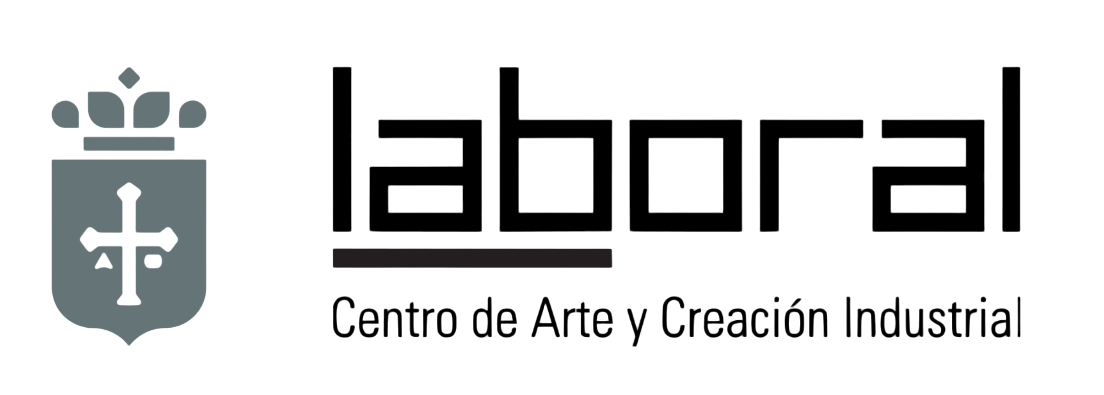Project
When the web got popular and powerful enough it gave space and visibility to a type of media art that hadn’t been noticed so much, although it had been already there in the very early days of computer art–like the early fractal computer graphics of Herbert W Franke, or the algorithmic plotter drawings of Roman Verostko.
Many others of these early pioneers could be mentioned like Manfred Mohr or Charles A. Csuri’s to name a few, but it needed the Web, cheap PCs and new easy to use programming languages to ignite a big boom ofsoftware art among a young generation of artists and designers.
All over the Web suddenly one could find sites full with interactive graphics, little applets, generative visuals, playful pieces exploring the aesthetics of high-resolution computer screens, super smart algorithms trying to get more performance out of the graphic cards. Soon after came the first load of theoretical writing about the aesthetics of the code itself and software as the colour and pencil of the 21th century artists.
The re:move series is one of the early works of Lia which made a big impact in a scene that at that time was mostly dominated by young male MIT-Graduates who were well trained in computational aesthetics by the great John Maeda. Lia sometimes got underestimated because she never made a big fuzz of her programming skills and instead devoted her efforts to refine the aesthetic and interactive experience of her pieces.
But many immediately admired her work because of the formal precision and elegance that she achieved with her black and white style.
The ten interactive algorithmic graphics of re:move are simple in the way they enable the user to interact with them, but highly complex in the way they respond and transform the users’ mouse-input into a furioso of streams of pixels and geometric forms.
Miguel Carvalhais, who often worked with Lia, wrote about her work when she got an award of distinction from the Prix Ars Electronica in 2003:
“It’s all, of course, about mathematics and geometry; it’s all about motion, time, and simplicity. It’s about creating complex interaction and generative audiovisual experiences, where the pieces are open to the inputs of the user: it’s about creating systems in which the control over the events is shared between the author and the user.
Some pieces have already been described as “drawing machines” in the sense that they provide the user with fundamental tools for graphical manipulation, but this classification is oversimplistic, as all the pieces indeed provide the tools and the framework for elaborating the compositions but simultaneously do not allow for full control of the output since their dynamic nature makes them evolve and mutate and their presentation is void of operating instructions of any sort, leading the user to hands-on experimentation.
By interacting with the pieces, human interference is added to the system: by selectively changing some of the variables that govern it and increasing the overall complexity of the audiovisual outputs generated to the point where surprising unpredictable compositions arise.”

